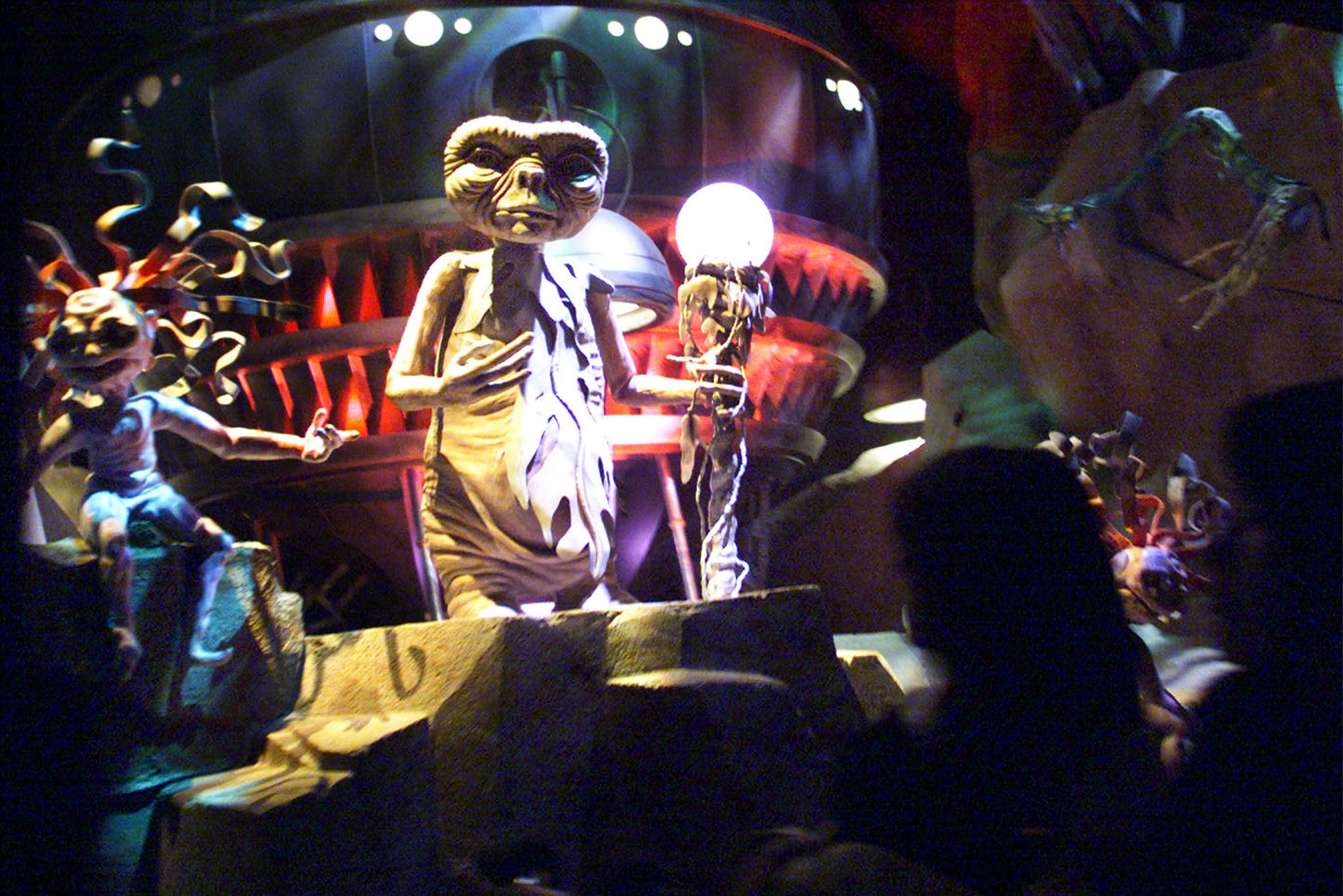
From Roswell to War of the Worlds, the prospect of making first contact is thrilling, terrifying, and a surefire way to grab public attention. That's part of why stories of UFO sightings, like this week's tabloid reporting of a reemergence of the Black Knight Satellite can be so compelling. While so far all these stories have been, of course, proven false, Newsweek has chosen to highlight a few stories that may have gotten your hopes up.
Just last month, there were since deleted reports of a "giant glowing ball" of light near the Arctic in Siberia possibly believed to be a UFO. The source, perhaps less romantically, turned out to be ICB missile tests. At the time, some sources interviewed for The Siberian Times expressed concern that the impressive display was rooted in alien activity or "a gap in the space-time continuum" rather than a military exercise. But, alas, the Northern lights were predicted to be especially bright that night so photographers by coincidence had their lenses trained on the sight.
Yesterday, a U.K.-based site reported directly on an online video observing that a perfectly triangular dent had been found on the surface of the moon. The video goes on to make the claim that the photographs of a small dent in the surface of the moon could be "providing cover for existing bases" for extraterrestrial creatures.
And on the same day, another outlet published a story raising the possibility that the Black Knight Satellite had been spotted in images taken by NASA Apollo 16. Something of a Loch Ness Monster of outer space, the Black Knight Satellite has been purportedly "spotted" many times over the years with little if anything to back it up. According to Vice, the myth dates back over 100 years to Nikola Tesla's early experimentation with radios in 1899. To that publication's credit though, they raised the much more likely possibility that the dark spot on the screen was "a thermal blanket accidentally dropped from a space shuttle."
But why all the hype? While there is a deeply human impulse to imagine and seek out life outside of what we know, as the almost spiritual nature of the true efforts to search for extraterrestrial life attest to, these articles are more likely tapping into market demands rather than any deeper psychological need.
Uncommon Knowledge
Newsweek is committed to challenging conventional wisdom and finding connections in the search for common ground.
Newsweek is committed to challenging conventional wisdom and finding connections in the search for common ground.
About the writer
Joseph Frankel is a science and health writer at Newsweek. He has previously worked for The Atlantic and WNYC.
To read how Newsweek uses AI as a newsroom tool, Click here.








